Ever wondered when you should fill up those bird feeders in your yard? Many folks aren’t sure if there’s an ideal time to put out food for the birds.
The best time to feed birds is actually year-round, as birds benefit from reliable food sources in all seasons. However, spring and fall migration periods are especially important times to keep feeders stocked.
Different birds have different needs throughout the year. During spring migration, many species that don’t normally visit your yard might stop by for a snack, making it an especially good time for attracting unusual birds.
In winter, when natural food sources are scarce, your feeders become crucial for many local birds’ survival.
Remember that feeding birds isn’t just about timing—it’s also about proper care. Regular maintenance of your bird feeders is essential for bird health.
You should clean feeders every two weeks (more often during heavy use) and always check that the food remains fresh, as moldy seed can make birds sick.
- Maintain year-round feeding schedules with extra attention during spring and fall migrations when birds need reliable energy sources.
- Different seed types attract different bird species, so match your food offerings to the birds you want to attract in your area.
- Regular cleaning of bird feeders every two weeks helps prevent disease and keeps your backyard birds healthy and coming back.
Understanding Bird Feeding Timings
Birds have specific patterns for when they visit feeders. Knowing these patterns can help you attract more birds and enjoy watching them at times when they’re most active.
Morning Versus Evening Feeding
Did you know that birds are early risers? Most wild birds are most active at first light or even before sunrise.
This makes early morning the prime time to fill your feeders. Birds typically feed heavily in the morning to replenish energy lost overnight.
By dawn, they’re usually hungry and ready for breakfast! The second busiest feeding time is just before dusk.
Birds need to stock up on calories before nightfall to help them stay warm through the night. Afternoon hours generally see less feeder activity.
If you work during the day, evening feeding might give you the best chance to observe your avian visitors.
Best times for bird feeding:
- Peak activity: Dawn (first light)
- Secondary peak: Just before sunset
- Lowest activity: Mid-afternoon
How Seasonal Changes Affect Feeding
Winter is the most critical time for feeding birds. Food becomes scarce naturally, making your feeders a literal lifesaver for birds in winter.
During severe winter weather, you might need to fill feeders twice daily to keep up with demand. Snow and ice can cover natural food sources, increasing birds’ reliance on your offerings.
Spring brings breeding season, when birds need extra protein for egg production. Consider adding mealworms or high-protein seed mixes to your feeders during this time.
Summer feeding is less crucial but still beneficial, especially during dry spells when natural water sources dry up. Adding a bird bath alongside your feeders becomes particularly important.
Fall feeding helps birds prepare for migration or winter, as they need to build fat reserves. Don’t worry about deterring migration – birds migrate based on daylight hours, not food availability.
Daily Bird Activity Patterns
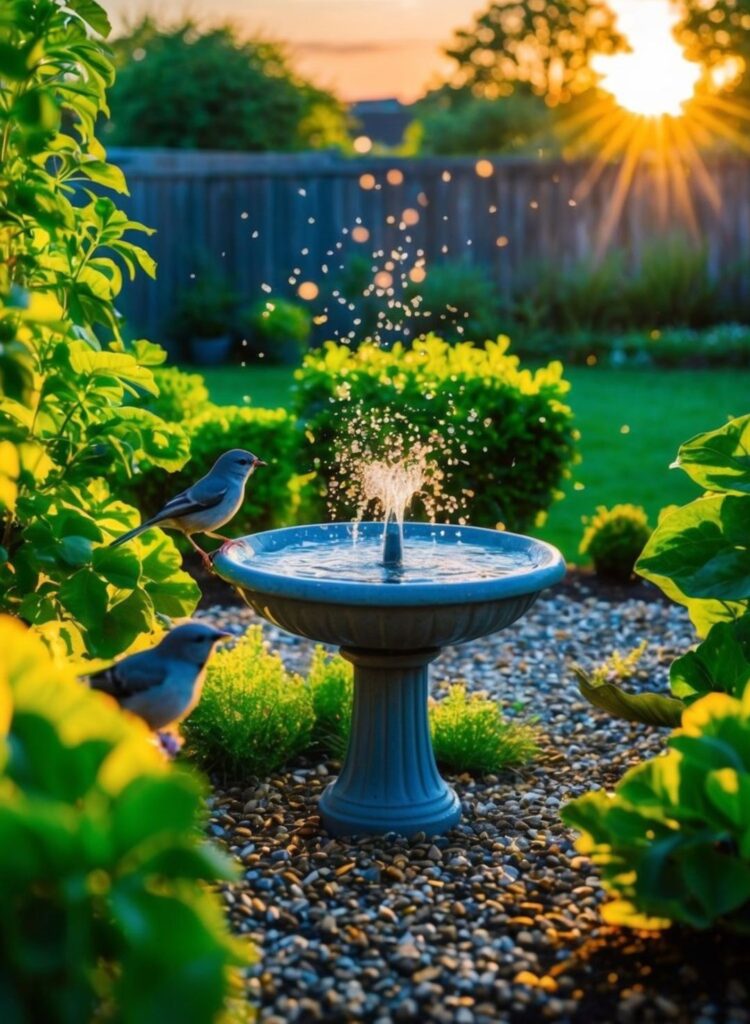
Birds follow fairly predictable daily routines. The 8-9am window tends to see the greatest diversity of species at feeders.
Certain birds, like woodpeckers, are regular early visitors. If you want to see specific species like the Greater Spotted Woodpecker, you’ll need to be up early too!
Weather affects feeding patterns significantly. Birds visit feeders less frequently during rainy weather, preferring to stay sheltered.
Temperature matters too! On extra cold mornings, expect a feeding frenzy as birds work to maintain body heat.
Hot afternoons see minimal activity as birds conserve energy. For bird watching enthusiasts, keeping a log of which species visit at what times can help you plan when to watch.
You’ll start noticing patterns specific to your yard’s visitors.
Matching Food Types With the Best Time
Different bird foods work better at certain times of the year. Birds need varying nutrients based on the season, and offering the right food at the right time helps attract more birds to your yard.
Seeds and Seed Mixes
Birds love seeds year-round, but certain seeds shine in specific seasons. In winter, high-fat options like black oil sunflower seeds provide essential energy when birds need it most.
Did you know that one small black oil sunflower seed packs more calories than the same amount of striped sunflower seed? That’s why many birds prefer them when temperatures drop!
During spring breeding season, offer a mix of sunflower hearts (hulled seeds) and white millet. These easy-to-eat options are perfect for busy parent birds who need quick fuel between feeding trips to the nest.
For summer feeding, lighter seed mixes work well. Nyjer seeds (sometimes called thistle) are fantastic for attracting finches, especially during their summer molting period.
Fall migration calls for energy-rich seed blends. Try offering a mix of:
- Sunflower seeds
- Cracked corn
- Millet
- Nyjer seed
Suet and High-Energy Foods
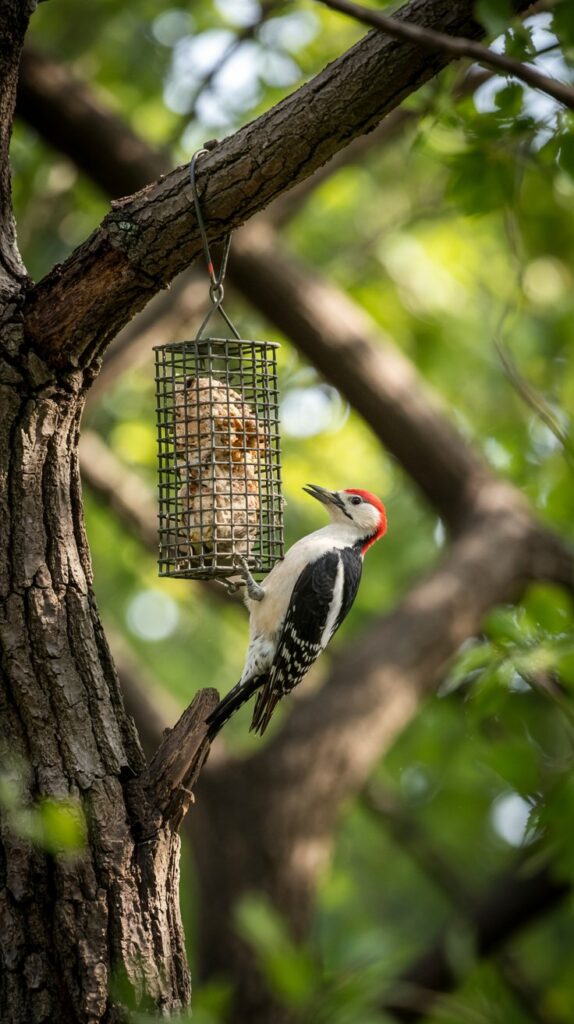
Suet is the superhero of winter bird feeding! These fat-based blocks provide concentrated energy that helps birds maintain body heat during cold months.
You’ll attract woodpeckers, nuthatches, and chickadees when temperatures drop. Want to make suet extra appealing?
Look for varieties with added fruits and berries – perfect for attracting mockingbirds and thrushes during fall migration.
Did you ever wonder why birds go crazy for suet in winter but sometimes ignore it in summer? As temperatures rise, traditional suet can melt and go rancid quickly.
For warm-weather feeding, look for special “no-melt” suet formulations. During spring and summer, insect-enhanced suet blocks are amazing for attracting birds feeding their young.
Baby birds need protein to grow, and insect-containing suet provides an easy source when natural bugs might be scarce.
Best Times For Attracting Specific Birds
Different bird species have their own unique feeding habits and preferences. Knowing when each type of bird is most active can help you maximize the joy of birdwatching right in your own backyard!
Chickadees, Titmice, and Nuthatches
These small, energetic birds are typically early risers and most active during dawn. If you want to catch chickadees, especially the black-capped chickadee, put your feeders out before sunrise.
Titmice and nuthatches often travel in mixed flocks with chickadees, especially during fall and winter. You’ll see them most frequently during early morning and late afternoon.
Feeding Schedule Tips:
- Fill feeders the evening before for early morning visitors
- Offer high-energy foods like sunflower seeds and suet
- Keep feeders full during cold snaps when these birds need extra calories
These species aren’t shy! They’ll often be the first to discover a new feeder in your yard and will feed throughout the day, even when other birds are scarce.
Finches and Goldfinches
Finches, particularly goldfinches, tend to be more active at feeders during mid-morning and afternoon. Unlike some birds, they don’t typically rush to feeders at dawn.
During fall migration, you’ll see a wide variety of finches at your feeders. This is an excellent time to offer nyjer seed and sunflower hearts.
Goldfinch Feeding Patterns:
- More consistent feeding in winter months
- Prefer specialized tube feeders
- Often feed in groups
- May spend longer periods at feeders than other species
Did you know goldfinches molt twice a year? In late winter, watch for males beginning to change to their bright yellow breeding plumage!
Cardinals, Robins, and Woodpeckers
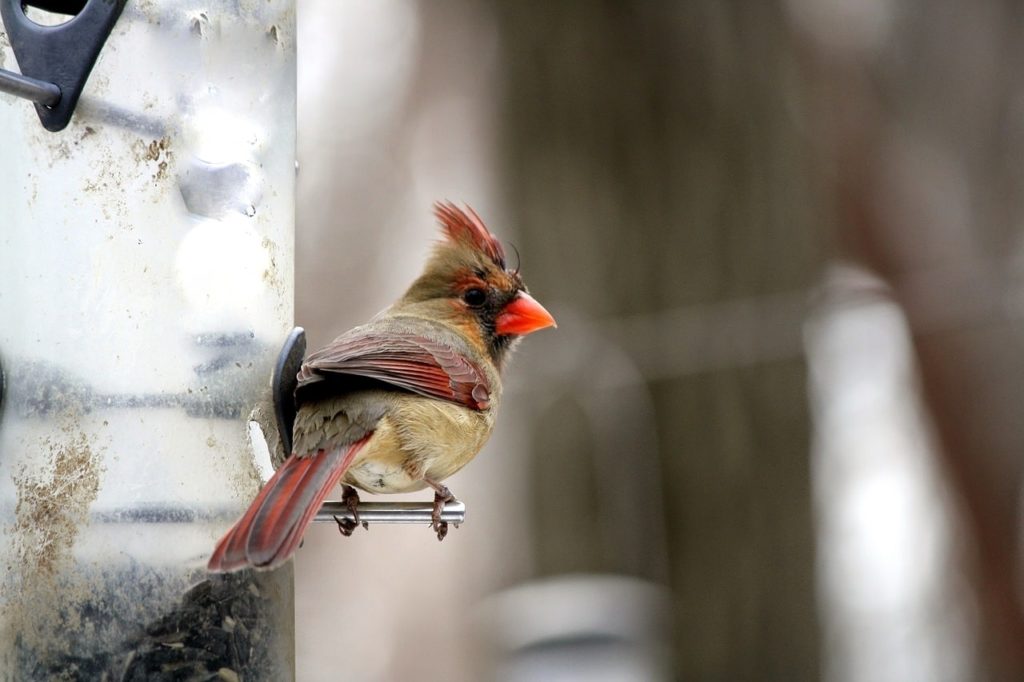
Cardinals are famous for being among the first and last birds at feeders each day. They prefer feeding during dawn and dusk when the light is low.
Robins aren’t traditional feeder birds but will visit bird baths regularly. They’re most active in the morning hours and after rainfall when worms come to the surface.
Woodpeckers typically feed throughout the day but are especially active in the morning. They’re particularly drawn to:
- Suet feeders (their favorite!)
- Peanut butter mixtures
- Black oil sunflower seeds
- Tree nuts like peanuts and pecans
During winter, woodpeckers will visit feeders more frequently when natural food sources are scarce. Regular feeding is important during autumn and winter, with twice-daily feeding recommended during severe weather.
Tips For Small Perching Birds
Small perching birds often struggle to compete with larger species at feeders. To help them out, try feeding during early morning when they’re most active.
Smart Feeding Strategies:
- Use feeders with small perches that exclude larger birds
- Provide multiple feeding stations to reduce competition
- Place some feeders near protective cover like shrubs
- Offer mealworms in early morning for the highest activity
Most small perching birds prefer feeding during early hours, making dawn to mid-morning your best chance to observe them.
Want to attract more variety? Try using different feeder types simultaneously. Tube feeders work well for finches, while platform feeders attract cardinals and other ground-feeding species.
Remember that consistency is key! Wild bird populations come to rely on regular feeding, especially during harsh weather conditions.
Like it? Pin It!

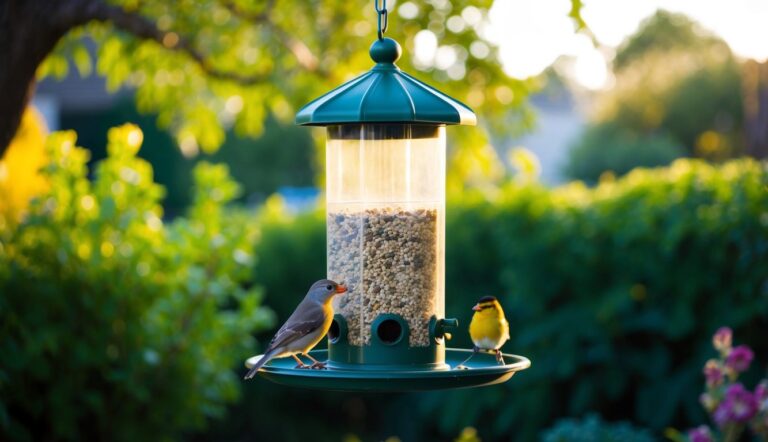
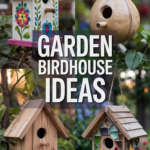
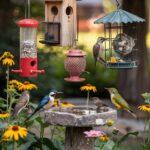
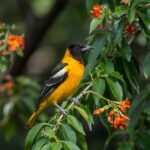

1 thought on “When Is the Best Time to the Feed Birds?”